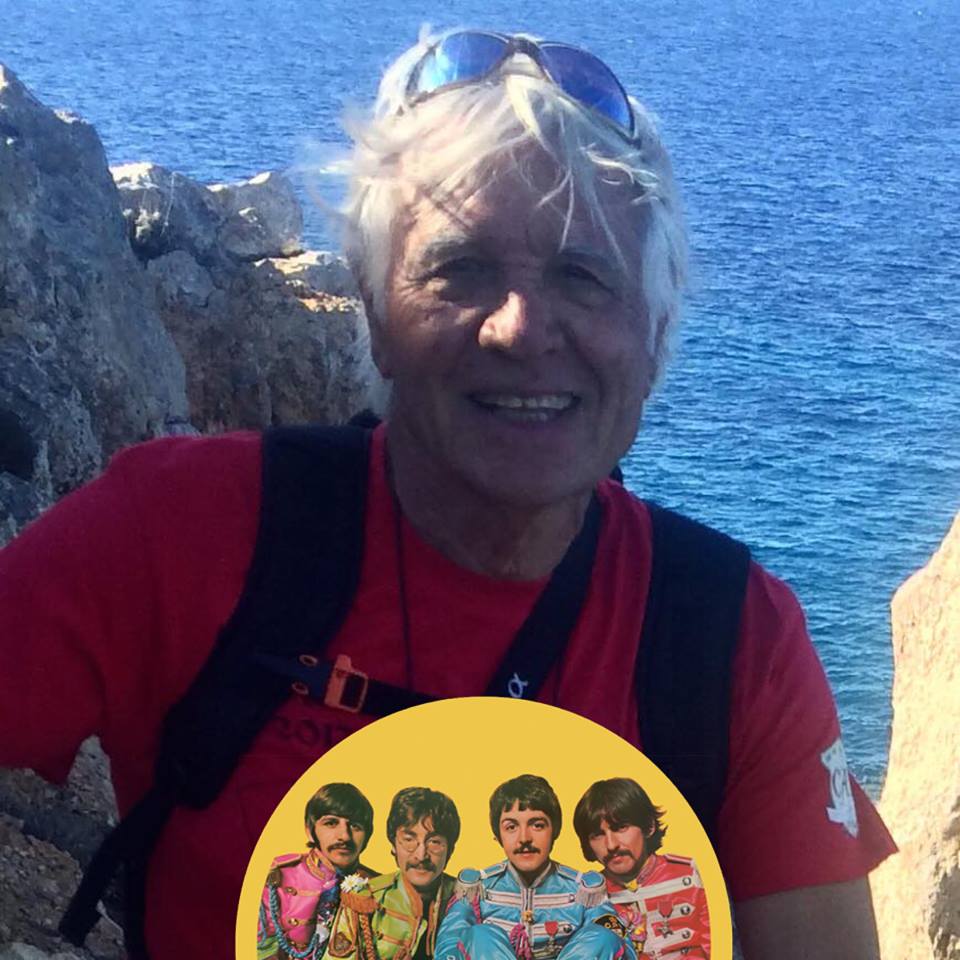Via Sacra Etrusca – an ancient route of great interest for slow and cultural tourism
Share
Project of the municipalities of Volterra-Casole d’Elsa-Monteriggioni (Lead partner)- Colle di Val d’Elsa and Sovicille, conceived by the Association Sentiero Italia
“With all respect to the ways of religious interest dedicated to saints and disciples, such as the Via Francigena or Romea, the path of Francis, St. Benedict, Jacopeo d’Anaunia, and the most famous of all: Santiago di Copostela, the VSE (Via Sacra Etrusca) was born as an itinerary dedicated to the pagan sacredness of our Etruscan ancestors. But it is not the quarrel between Christianity and paganism that interests us. In fact, today we walk for the most varied reasons and certainly not for work or for travel as in the past. We set out on our way to find ourselves immersed in the nature that surrounds us and to “learn” many things, including fatigue and our physical limits. When visiting some Etruscan necropolis in the Sienese territory, I tried to place them with yellow placeholders on Google Earth and I realized that the necropolis of Dometaia (Colle di Val d’Elsa), Poggio alla Fame (Monteriggioni), Mucellena (Casole d’Elsa) and Malignano (Sovicille), were just in line, interspersed with typical Etruscan place names such as, Cetina-Cetinale-Pernina-Lucerena. I compared myself with the archaeologist Diego Vichi and with the guide FIE Sandro Frascarelli to have a confirmation that these archaeological evidences could only be part of an ancient road, the one that the Etruscans had built to communicate and unite the cities of Volterra (Velatri) – Murlo – Chiusi (Clevsi) and finally Bolsena (Vulsini), where some think there was the famous Fanum Voltumnae, place of periodic meeting of the Etruscan dodecapolis.”
Gianfranco Bracci – Route Manager VSE
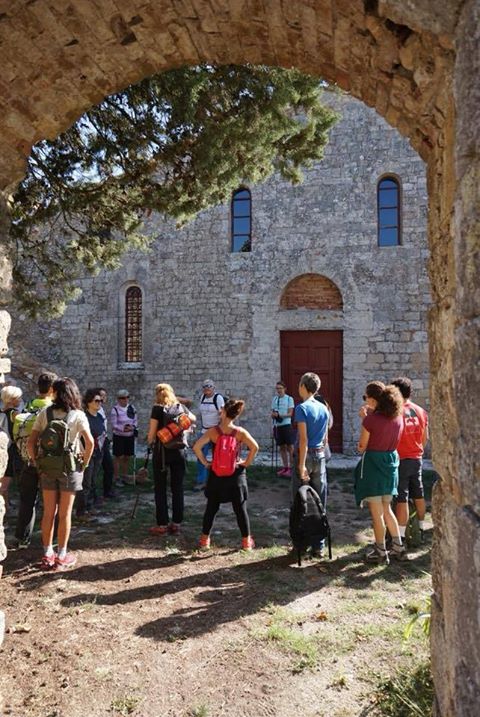
The naturalistic and historical context
The territories of the five municipalities are located in an area that alternates between urban, hilly and montainous areas of great naturalistic interest that have in the nature reserves of Berignone-Tatti, in the Montagnola Senese and in the Val di Merse, areas where history-landscape and nature come together in an amalgam of great cultural and landscape value.
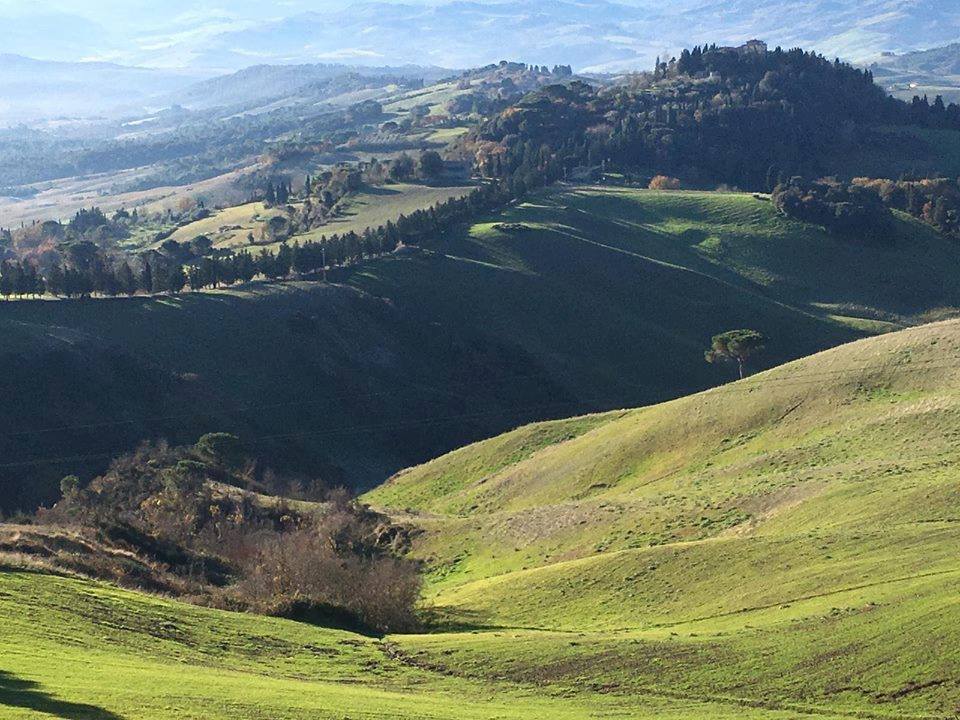
Berignone – Tatti
The human presence is attested since prehistoric times, first by sporadic Palaeolithic findings of the, then with a progressive occupation of the territory starting from the Neolithic and the age of metals. The Etruscan and Roman settlements have exploited the “strategic” location of this area located at the crossroads of Etruscan roads that connected the most important urban centers of the time. These routes extended both east-west, connecting the Etruscan cities of the interior with those of the Tuscan coast, and in the north-south. All these events have scattered the area of archaeological and architectural stratified evidence, still present in areas such as the slopes of the Montagnola re-naturalized because no longer subjected to cultivation and exploitation of natural resources.
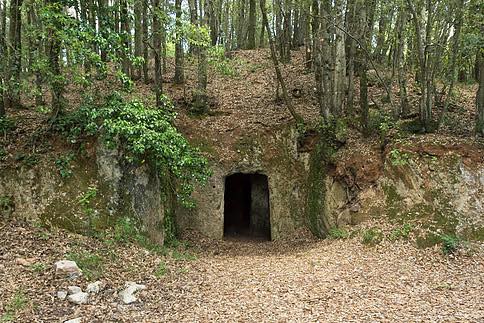
Tumulo di Mucellena
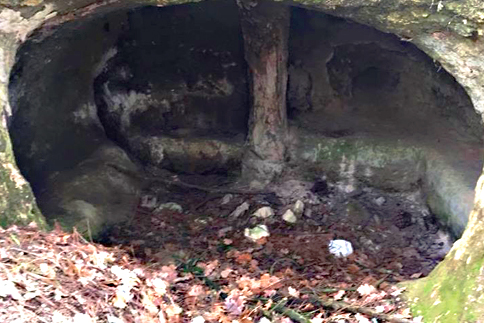
Tomba di Poggio alla Fame (Monteriggioni)
The itinerary is divided into 5 stages
1) Volterra (Pisa) – Casole d’Elsa (Siena)
2) Casole d’Elsa (Siena) – Colle di Val d’Elsa (Siena)
3) Colle di Vald’Elsa (Siena) – Monteriggioni (Siena)
4) Monteriggioni (Siena) – Pernina (Sovicille – Siena)
5) Pernina (Sovicille – Siena) – Malignano (Sovicille – Siena)
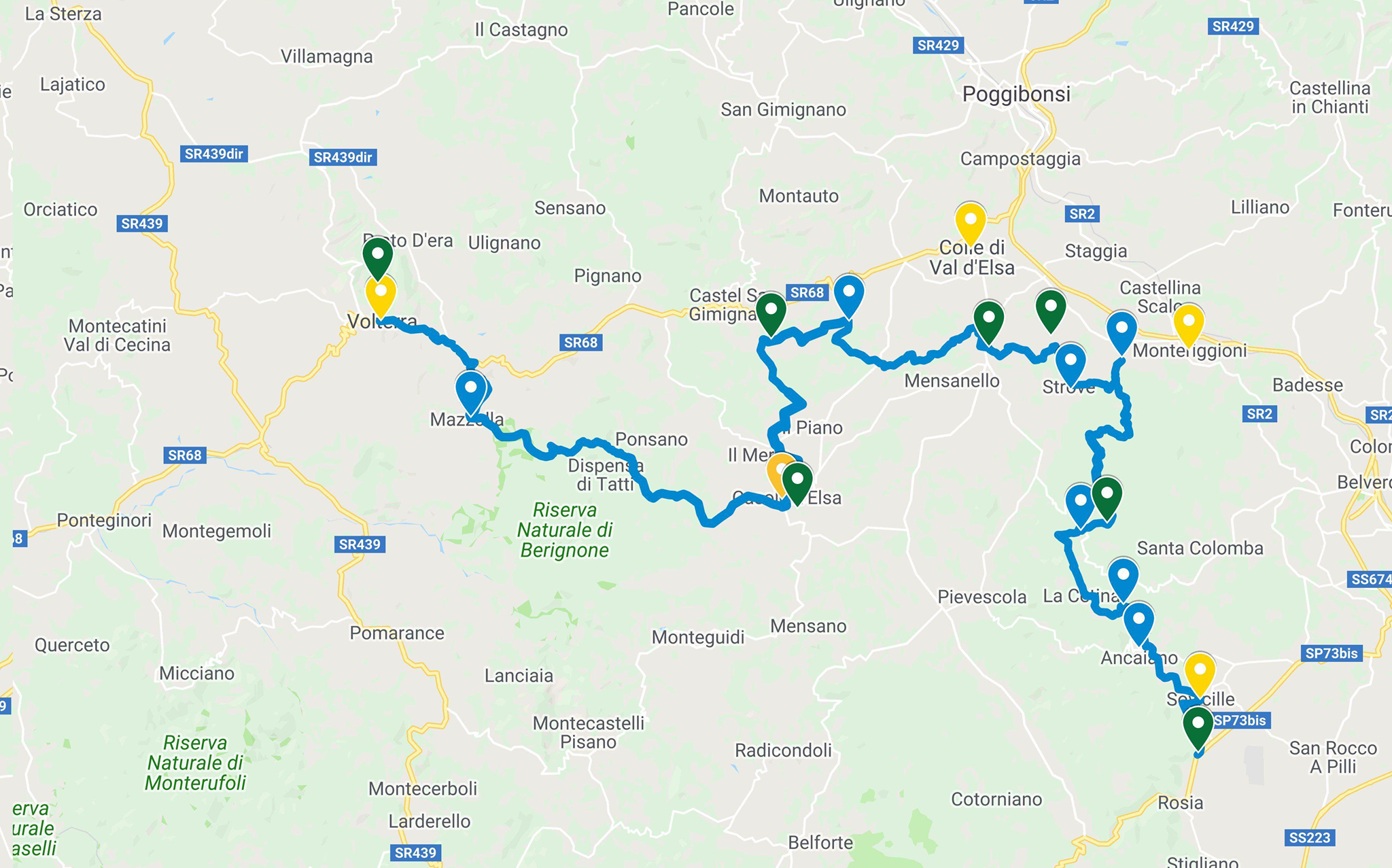
The itinerary is divided into 5 stages and aims to promote the knowledge and conservation of environmental and historical emergencies Etruscan, but also medieval and Renaissance, with a view to use suitable for different categories of walkers, hikers, cyclists and other users of outdoor activities.
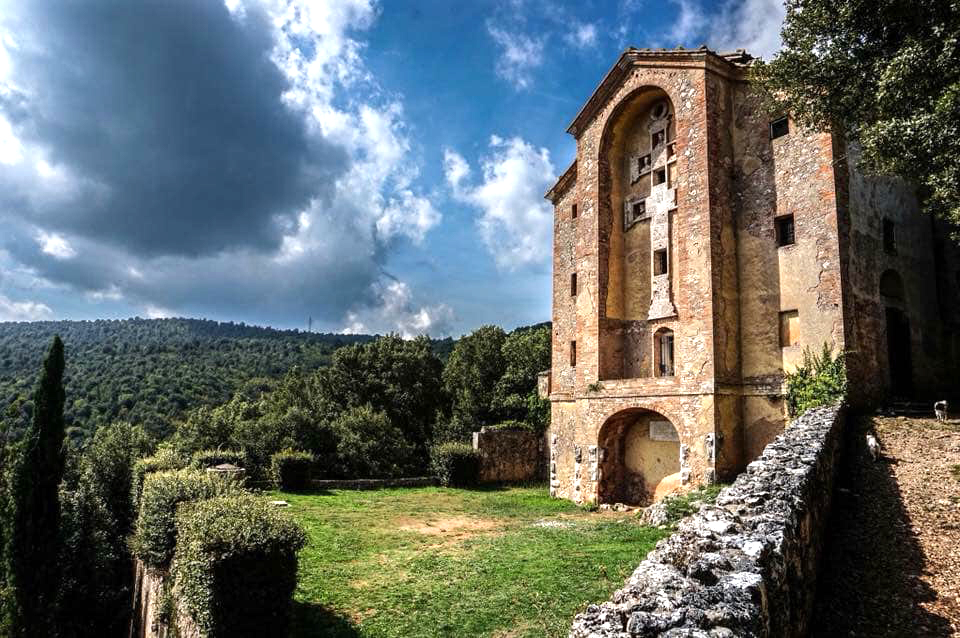
Romitorio (Sovicille)
The ” Via Sacra Etrusca” has the main goal to present itself as a tourist and leisure offer in the open air. There will be so many beauties seen and visited, so much knowledge of underground necropolis that the slow walker can only keep in his memory, a journey on the footsteps of our ancestors that will help him to better understand their important roots.
Gianfranco Bracci
Route Manager Via Sacra Etrusca
Sito Web: viasacraetrusca.altervista.org
E-mail: gbracci@hotmail.com
Cell. (+39) 339 1181536





